| Title | Kobuk Valley |
| Park Code | kova |
| Description | Caribou, sand dunes, the Kobuk River, Onion Portage - just some of the facets of Kobuk Valley National Park. Thousands of caribou migrate through, their tracks crisscrossing sculpted dunes. The Kobuk River is an ancient and current corridor for p... |
| Location | |
| Contact | |
| Activities |
|
| Entrance fees |
|
| Campgrounds | Count: 0
|
| Places | Count: 9
Angelica at Western Arctic National ParklandsAngelica is a beautiful plant, but it hides both great medicinal qualities and a deadly secret. 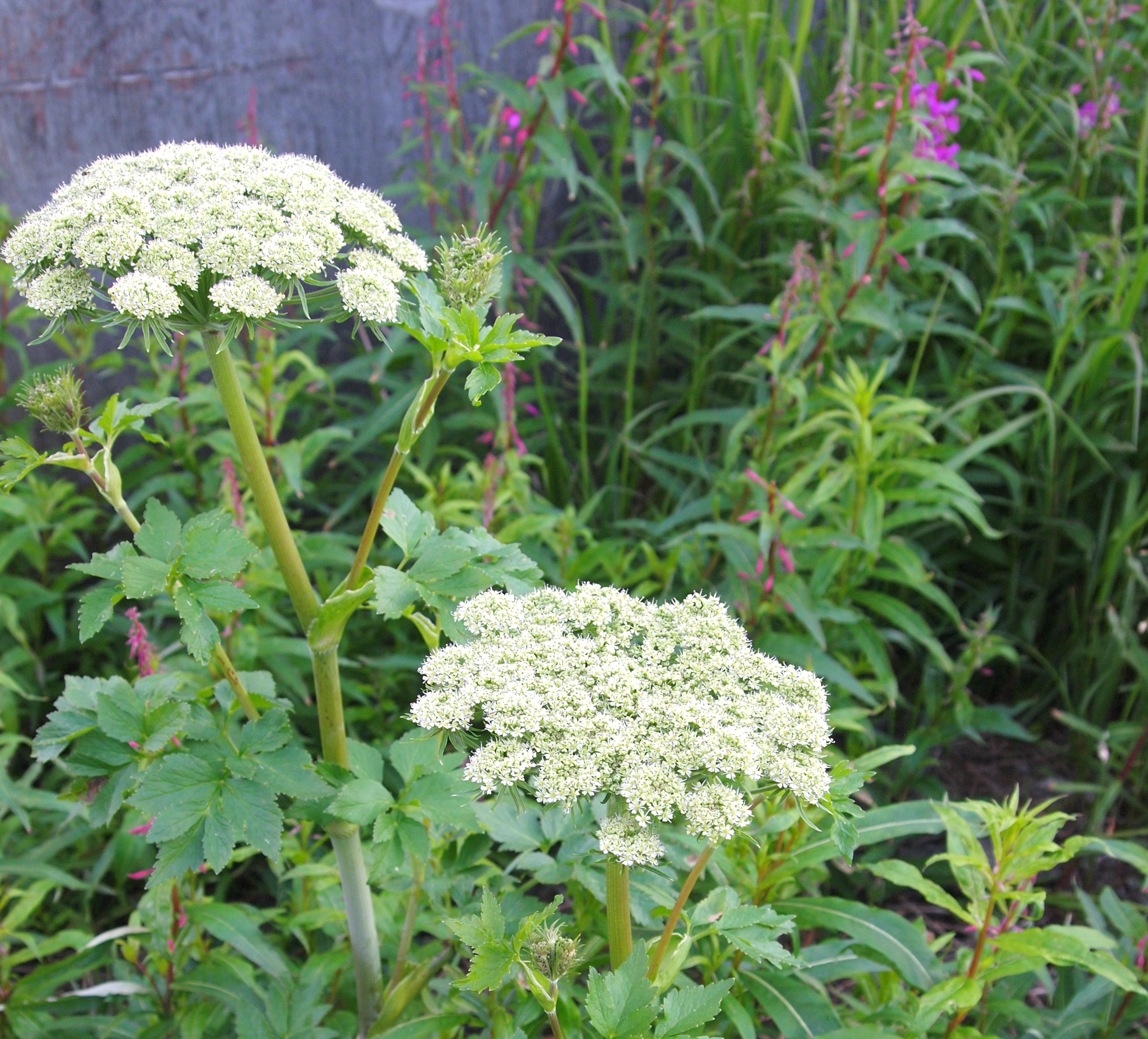
Feltleaf Willow at Western Arctic National ParklandsWillows exist in many forms. The Feltleaf Willow is one of the more popular version of this plant. Like its relatives, this plant has great medicinal properties! 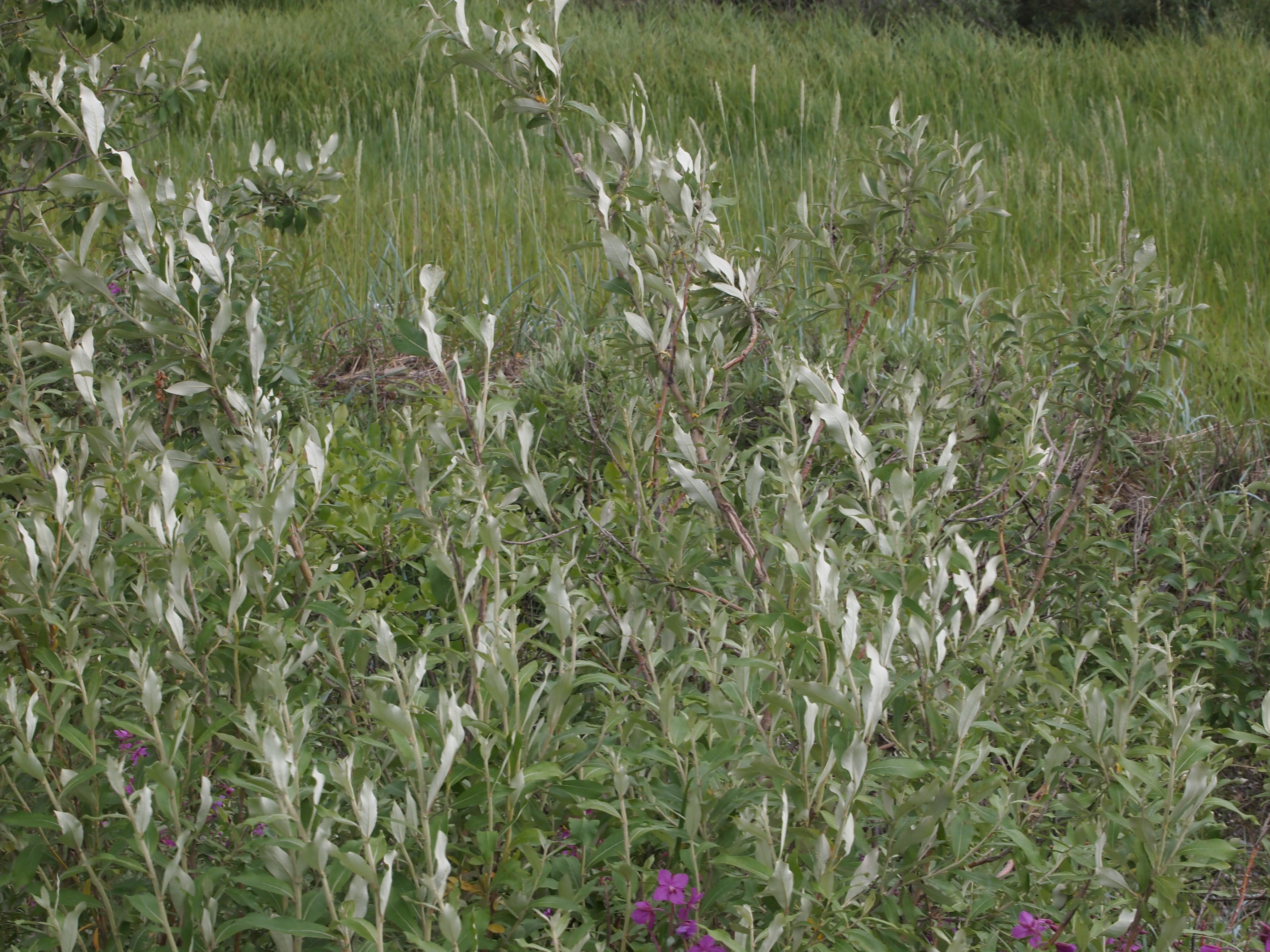
Fireweed Wayside at Western Arctic National ParklandsThe purple/pink flowers of blooming Fireweed is one of the most recognizable sights in Alaska. But what makes this plant so important to medicinal traditions? 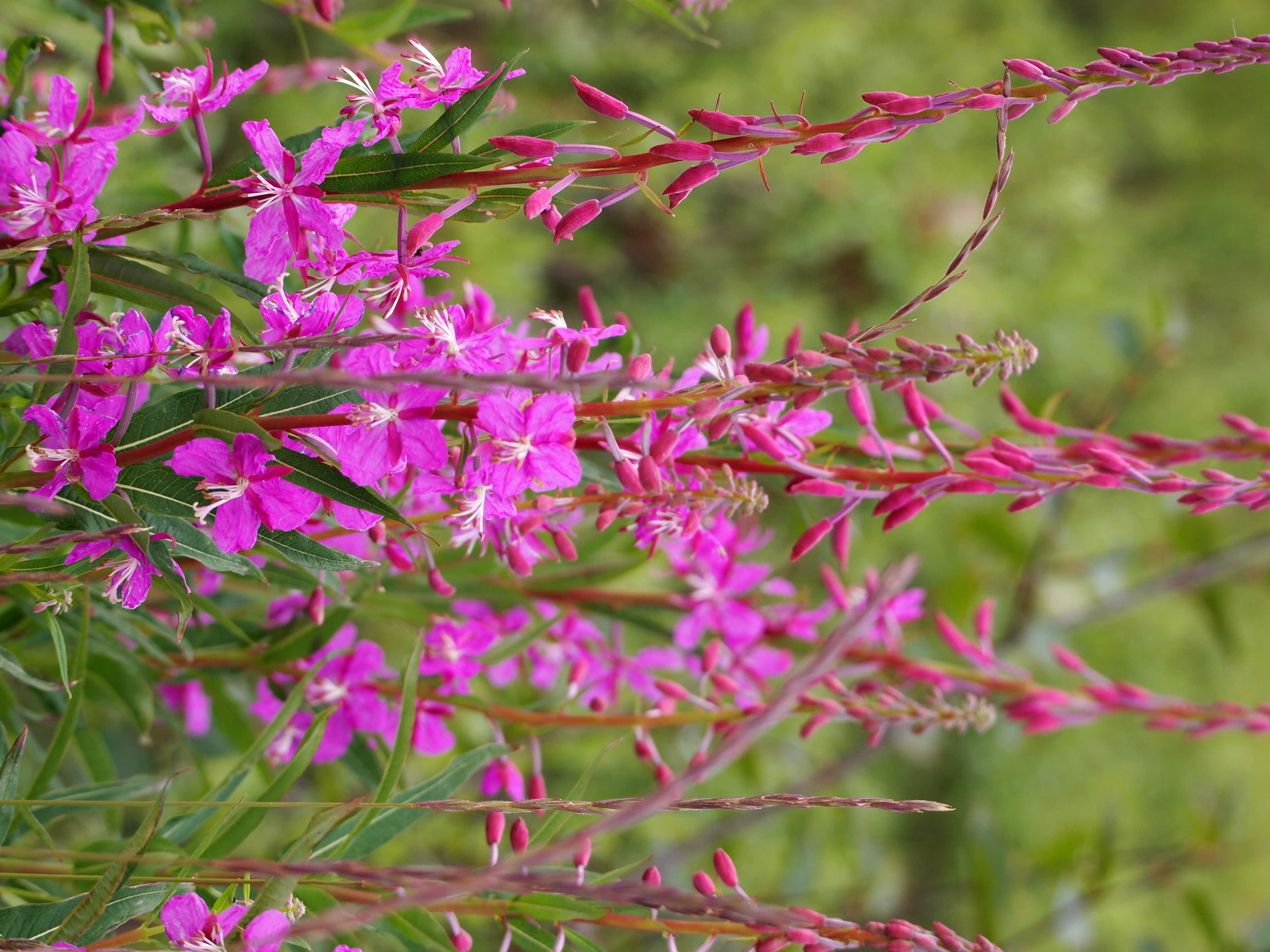
Great Kobuk Sand DunesGreat Kobuk Sand Dunes are an iconic view spot in Kobuk Valley National Park 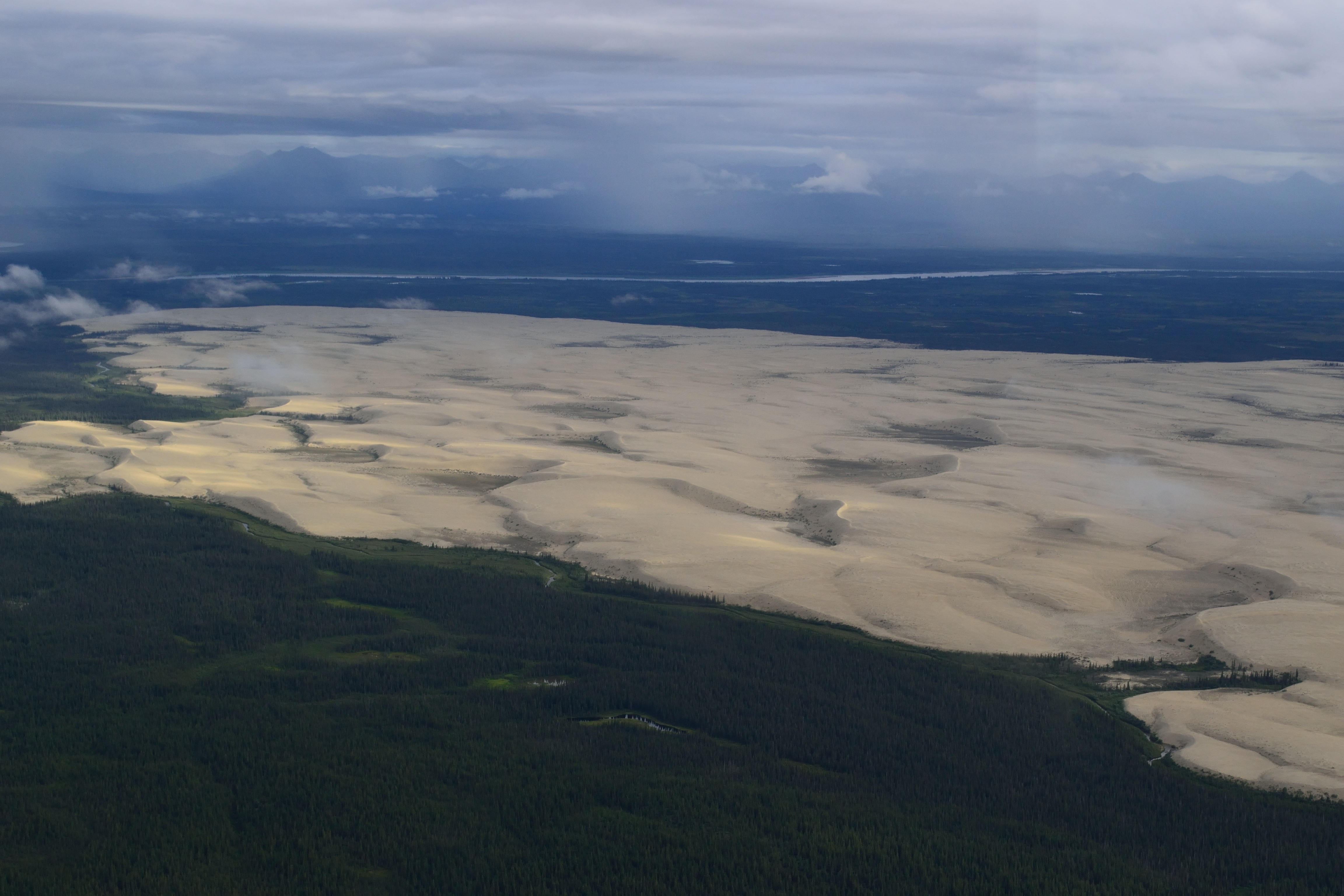
Jade MountainsJade Mountains mark the eastern boarder of Kobuk Valley National Park. 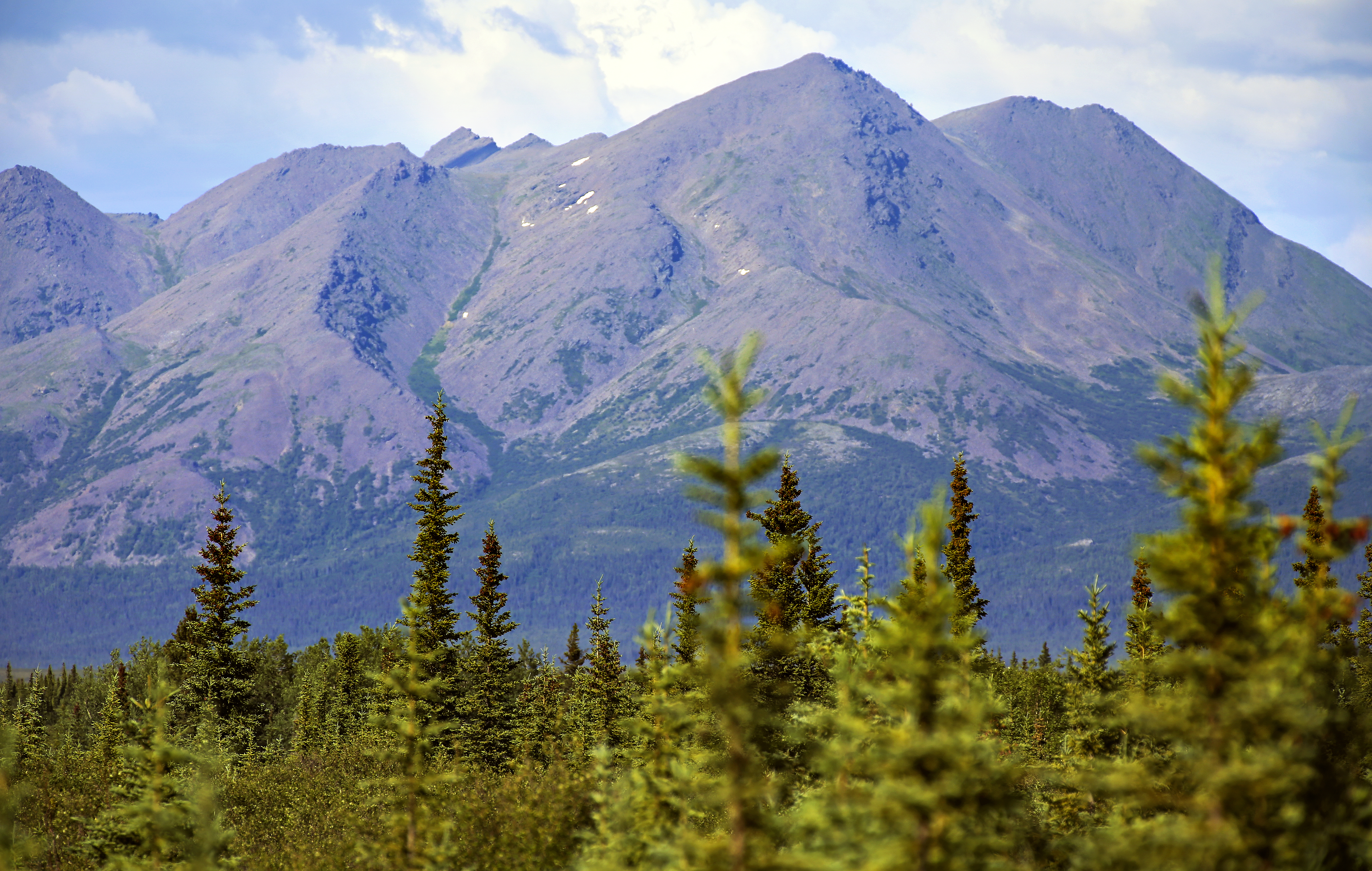
Lingonberry at Western Arctic National ParklandsLingonberries are known by many names, but no matter the name you call it, there's no denying this beautiful plant has beautiful flowers, delicious berries, and powerful medicinal properties. 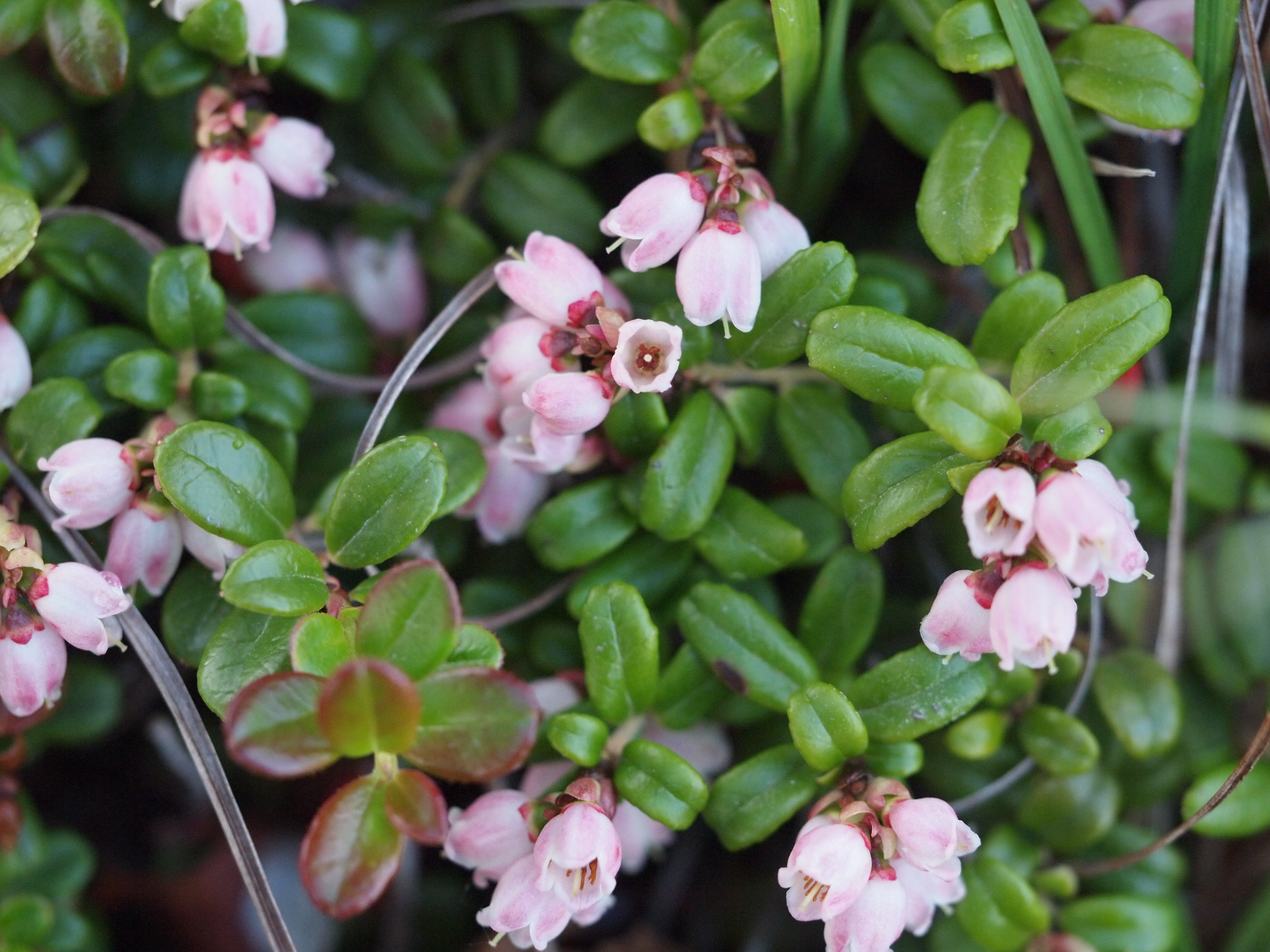
Onion Portage Archeological District National Historic LandmarkThe Onion Portage Archeological District National Historic Landmark is on the Kobuk River in the Kobuk Valley National Park. For 8000 years, people camped, made tools, prepared game, and eventually settled at Onion Portage. 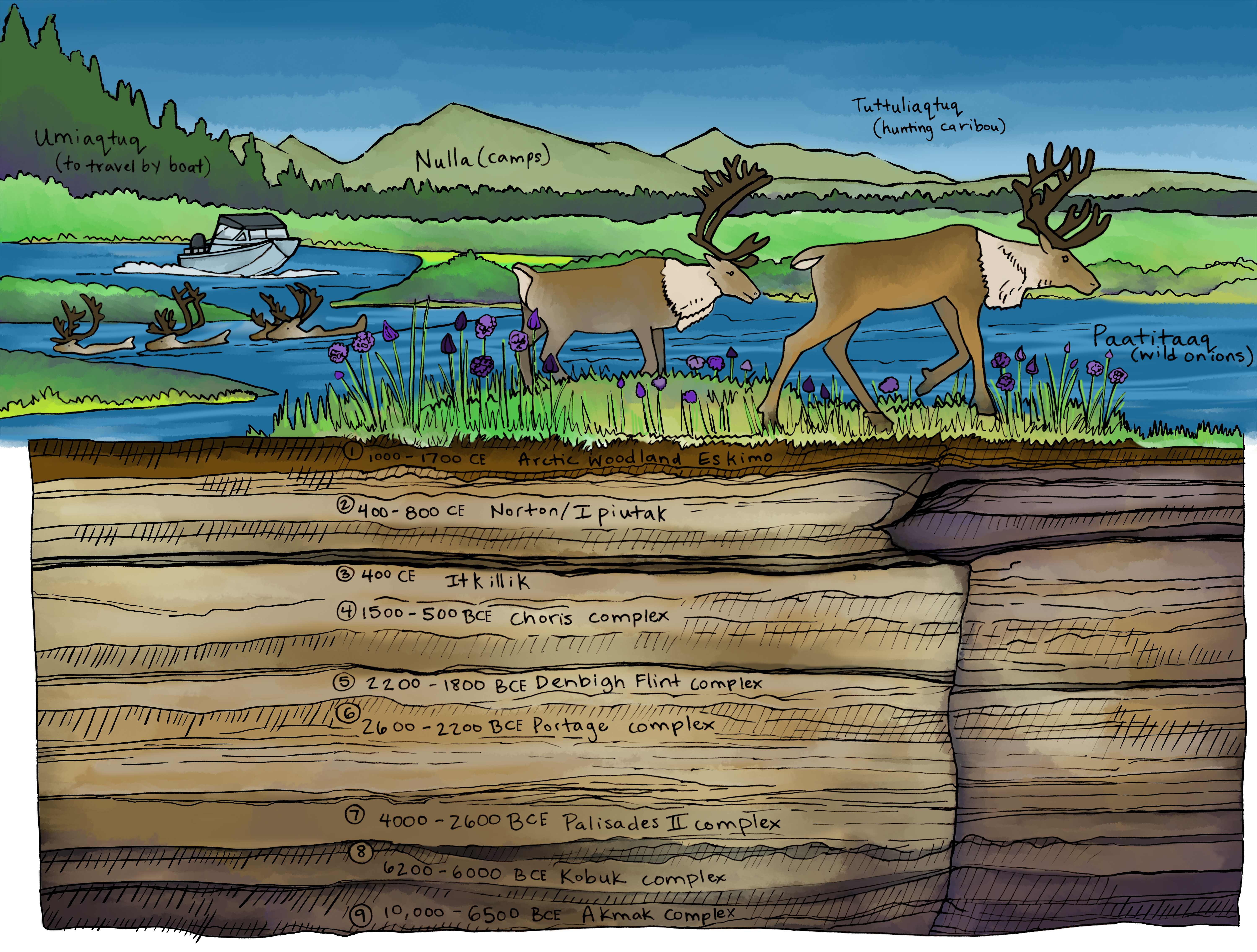
Sourdock at Western Arctic National ParklandsRelated to Rhubarb, Sourdock is a medicinal plant with many uses! 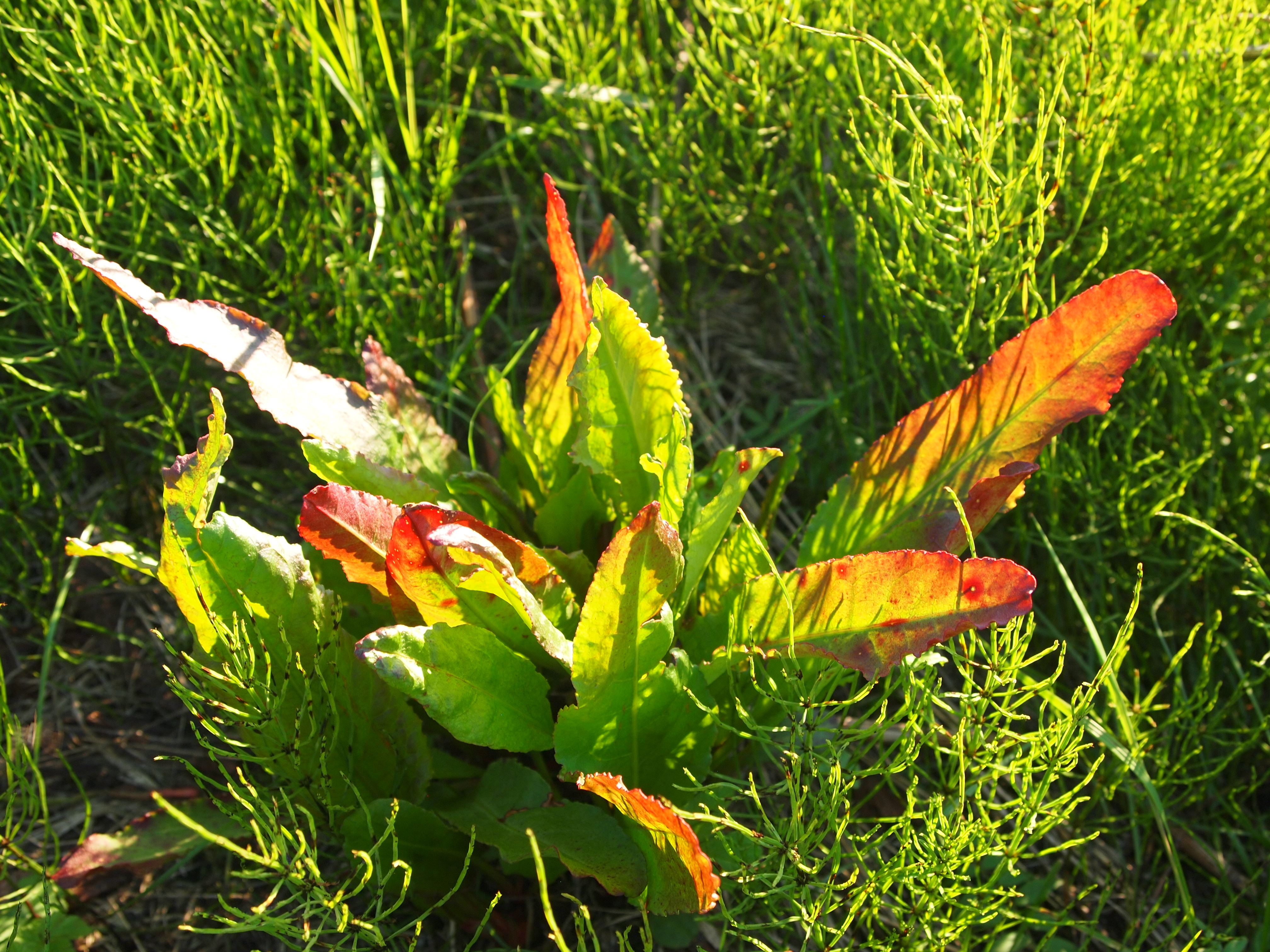
Stinkweed at Western Arctic National ParklandsStinkweed isn't a pleasant name, but this plant is one of the most beloved medicinal plants in the Arctic. The number of uses seems to be endless! 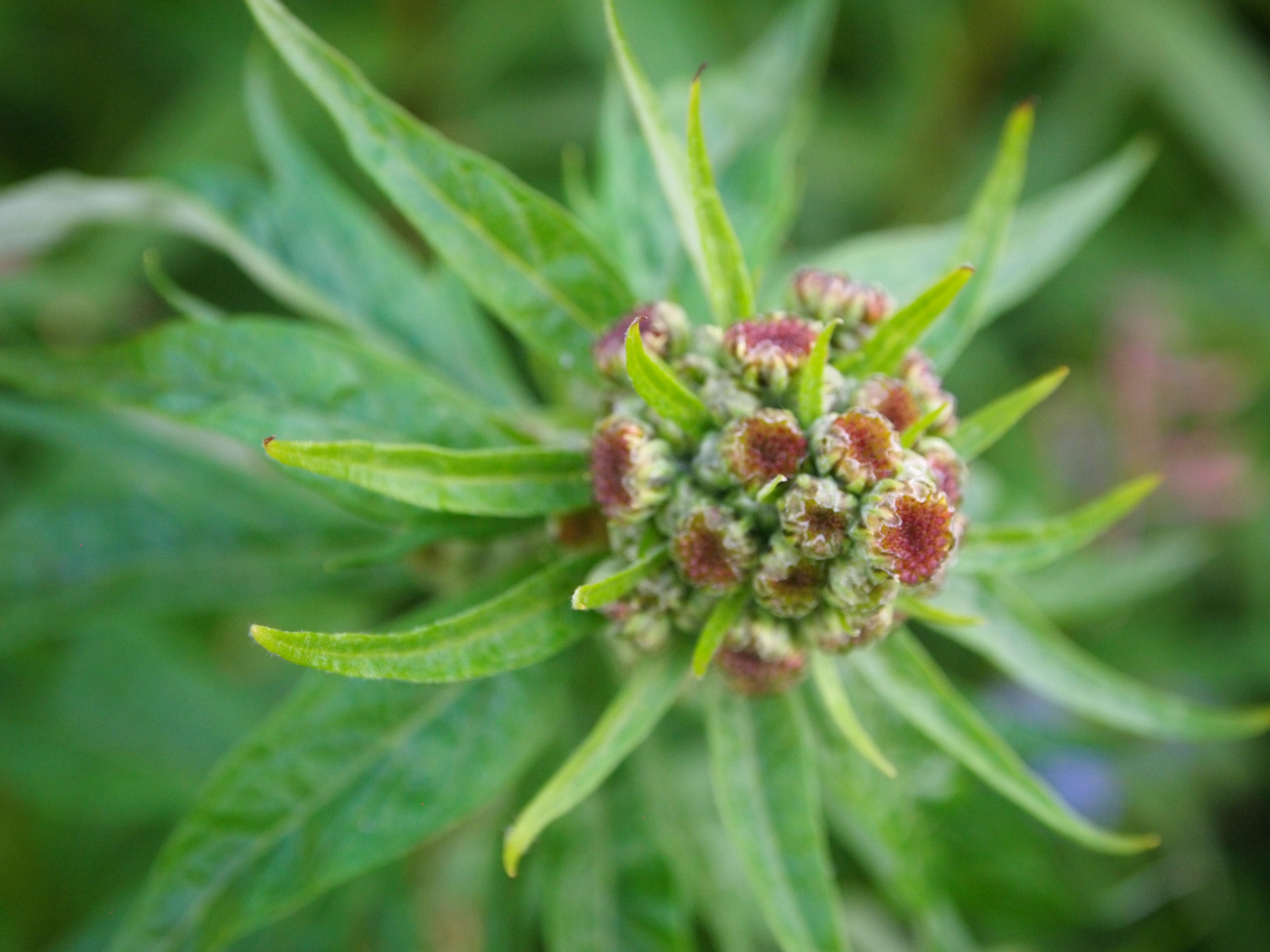
|
| Visitor Centers | Count: 1
Northwest Arctic Heritage Center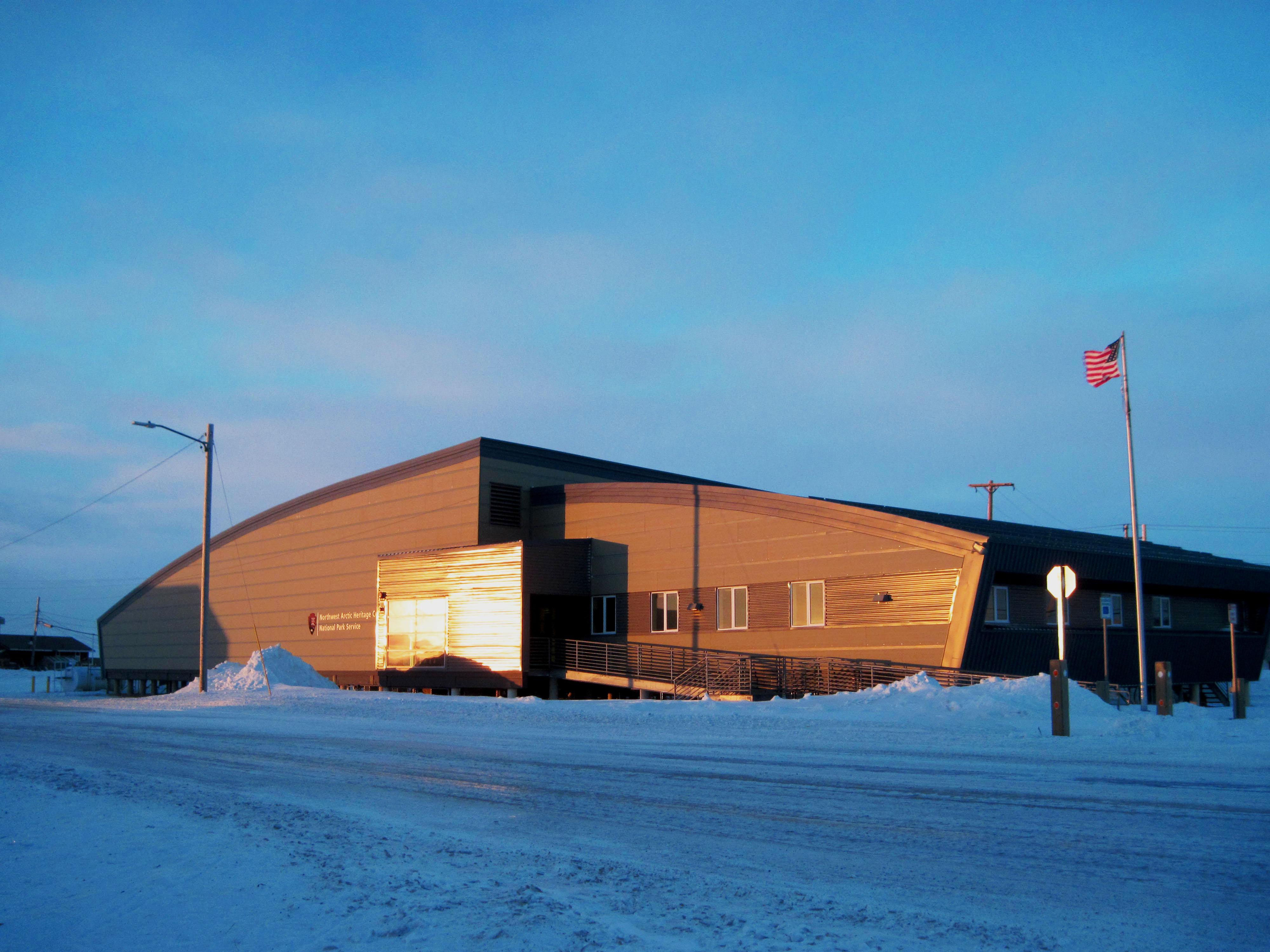
|
| Things to do | Count: 3
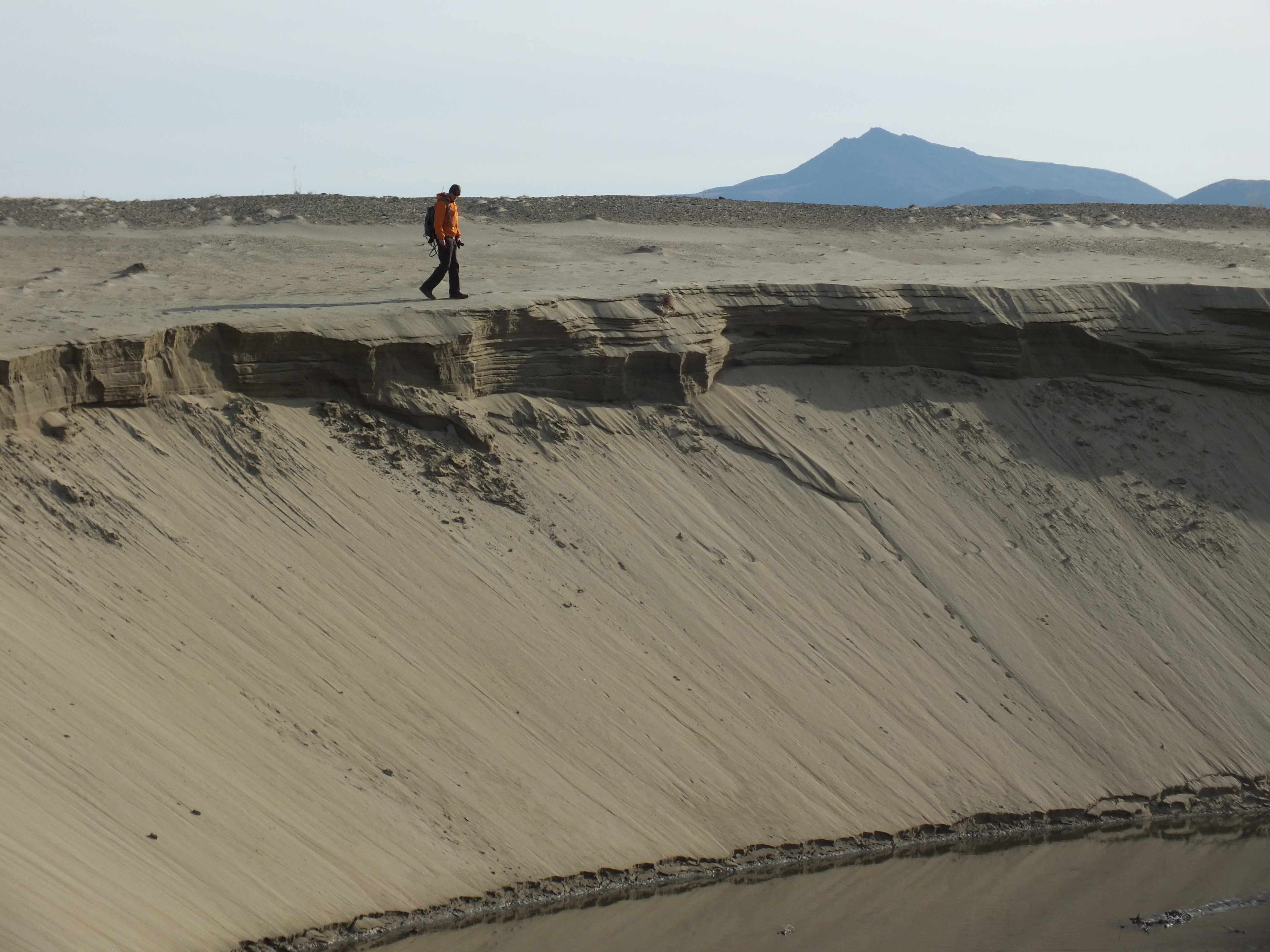
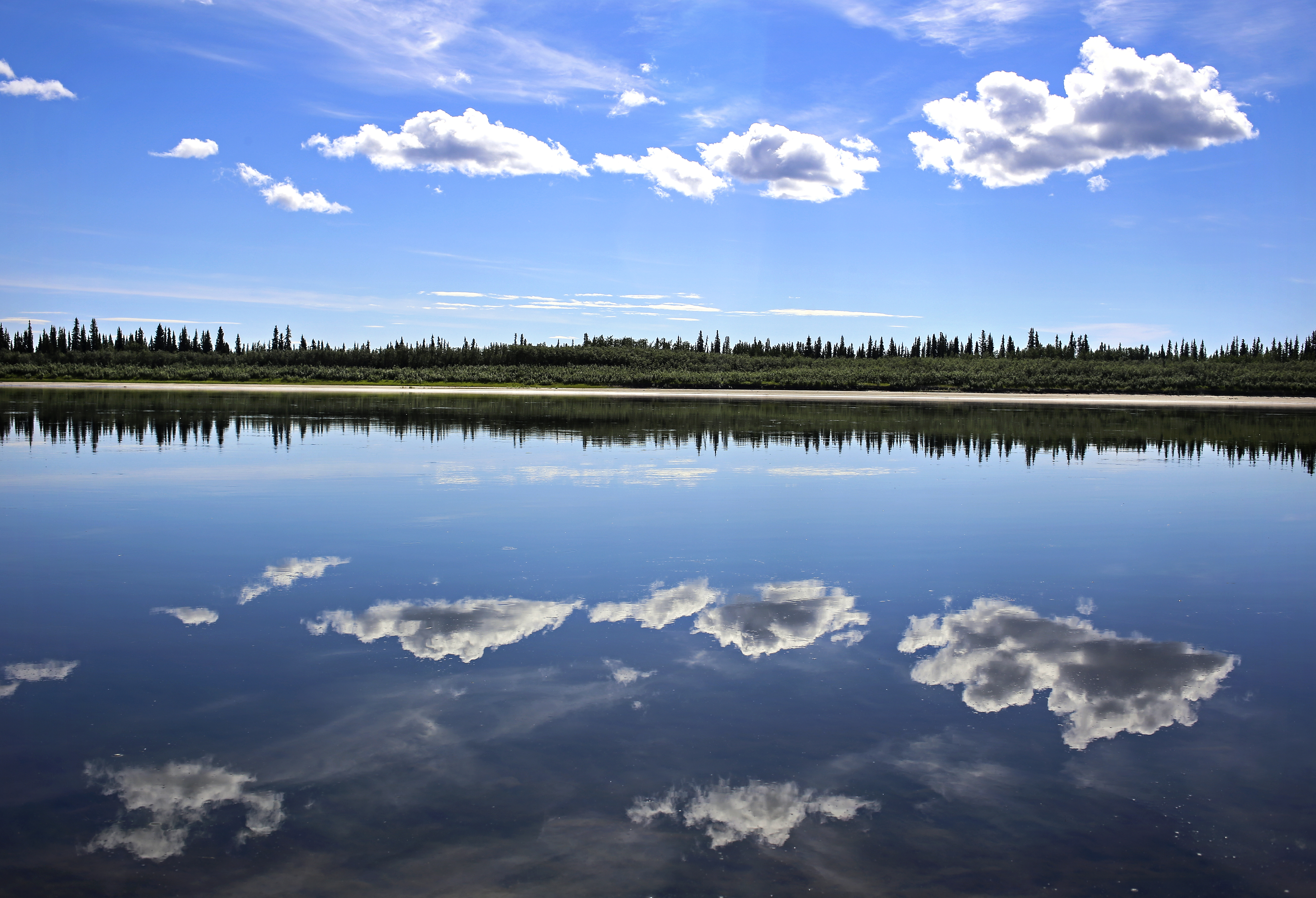
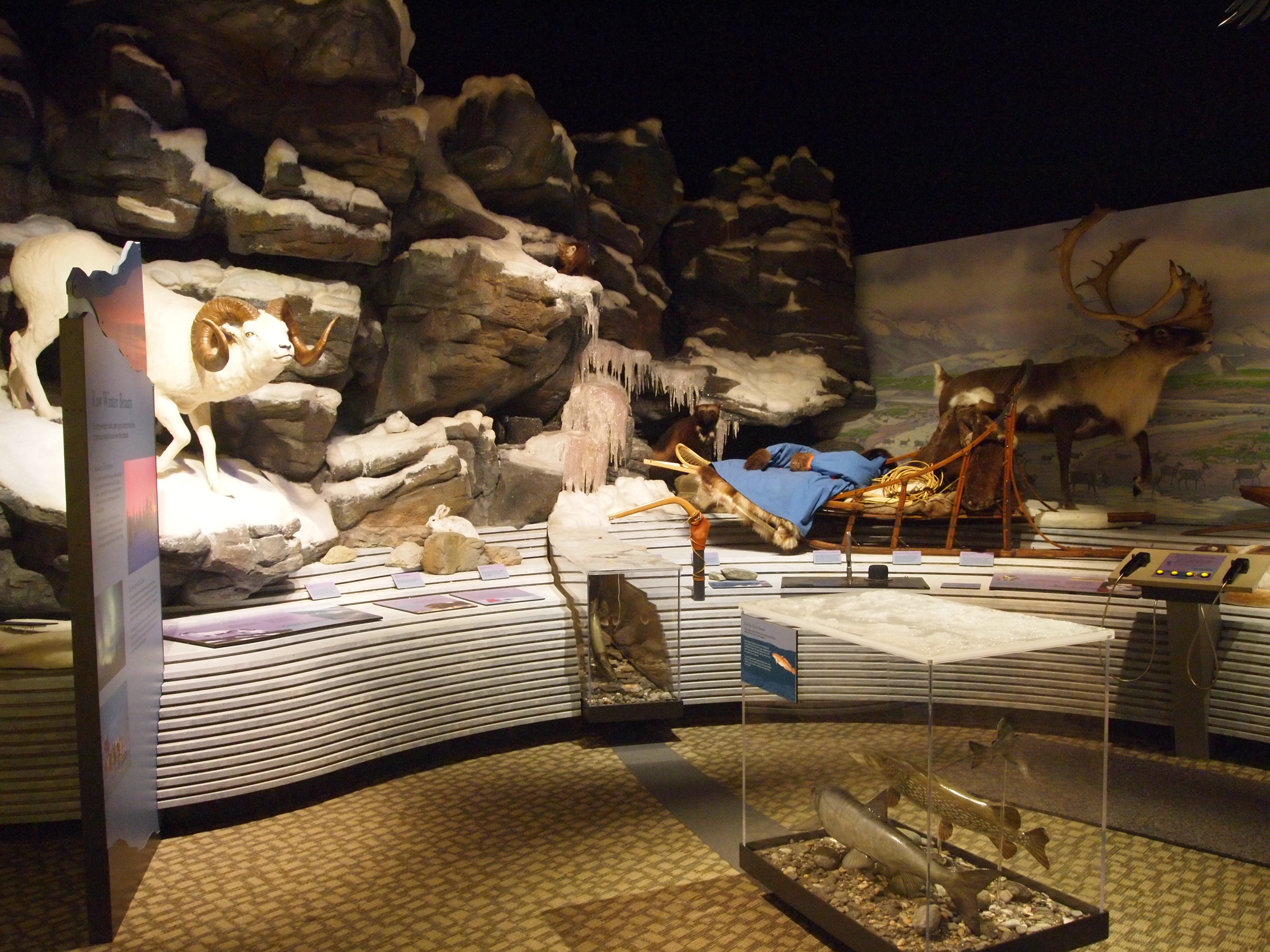
|
| Tours |
Count: 0
|
| Articles |
|